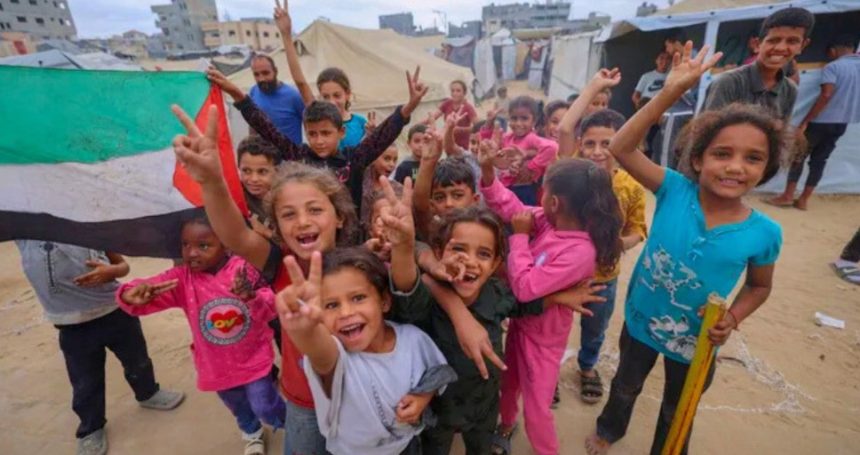Gaza Ceasefire Offers Fleeting Calm as Thousands Return to Ruins and Memories
A conservative calm has settled over Gaza. After weeks of grim violence, the long-awaited Gaza ceasefire took hold on Friday, and for the first time in months, the air carried something other than fear.
Families, sick and broken, began the slow trip home. Some carried children, others just plastic bags filled with whatever survived. For many, it was not a trip of return, but of reckoning, to see what remained of the lives they formerly knew.
The armistice officially came into effect at 1200 PM original time( 0900 GMT). Israel has begun its initial troop withdrawal, confirmed US Special Representative for the Middle East, Steve Witkoff.
Under the agreement, a 72-hour window has been established for the exchange and release of hostages, a moment many hope could mark the start of a longer peace.
But on the ground, the stopgap is tempered by grief. Thoroughfares once bulging with life now act as graveyards of concrete. Children walk once burnt-out buses. Parents search for familiar milestones that no longer exist.
According to Gaza’s Wafa news agency, at least 155 bodies were recovered on Friday, utmost from beneath collapsed structures as rescue workers reached initially inaccessible areas.
Hospitals across the Strip remain overwhelmed:
- 43 bodies at al-Shifa Hospital
- 60 at al-Ahli Arab Baptist Hospital
- 4 at al-Awda Hospital
- 16 at al-Aqsa Martyrs Hospital
- 32 at Nasser Hospital in Khan Younis
Indeed, as the ceasefire began, tragedy dallied. Medical sources verified 19 Palestinians, including 16 from the Ghaboun family, were killed in airstrikes. Whether these strikes passed before or after the armistice remains uncertain, a nipping memorial of the conflict’s unpredictability.
In Khan Younis, 32-year-old Ameer Abu Iyadeh expressed the mixture of grief and endurance shared by so many: “We are going back with wounds and sorrow.”
For Mohammed Mortaja, 39, hope hangs by a thread. “We just hope this war truly ends. We cannot flee again,” he said, praying his home in Gaza City still stands.
And for Areej Abu Saadaeh, 53, the pain of loss overshadows the promise of peace. “I am happy about peace. But I grieve every breath. This truce means returning home, even with an empty heart.”
Their voices echo a collaborative sentiment, one of prostration, adaptability, and craving for normalcy.
In a rare show of concinnity, Hamas, Islamic Jihad, and the Popular Front released a common statement asserting that Gaza’s governance is an internal Palestinian matter, rejecting any external authority over its administration.
Across the Arab world and beyond, leaders cautiously eyed the ceasefire. Calls for reconstruction and philanthropic backing have formerly begun, with several nations pledging immediate aid to rebuild seminaries, hospitals, and homes.
Transnational spectators remain sceptical about how long this pause might last. The Gaza ceasefire is, for now, a delicate thread — a temporary silence in a place that has known little but war.
As night falls over Gaza, lanterns flitter in homes without roofs. Families huddle together, bruiting prayers for peace and mourning what was lost.
For those returning, the ceasefire isn’t the end, simply a fragile breath between battles. Yet, amid the debris, there remains an unmistakable palpitation of life. Because in Gaza, indeed, after everything, hope refuses to die.






